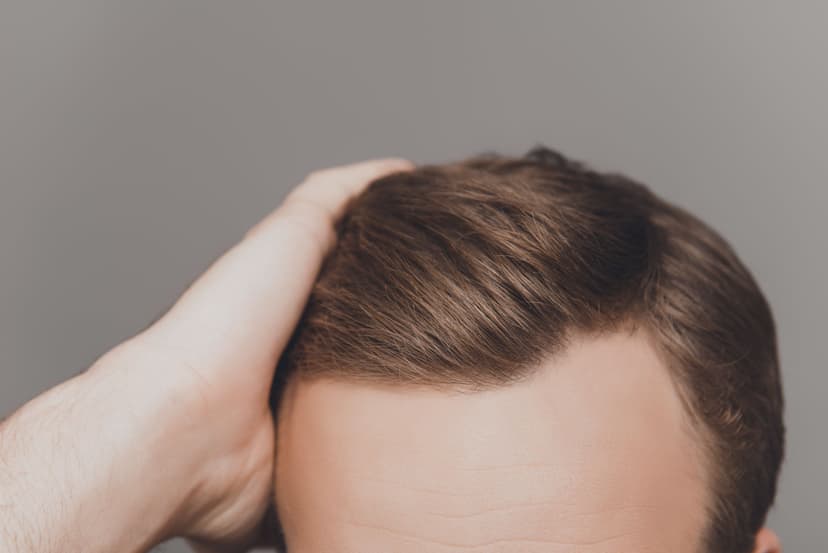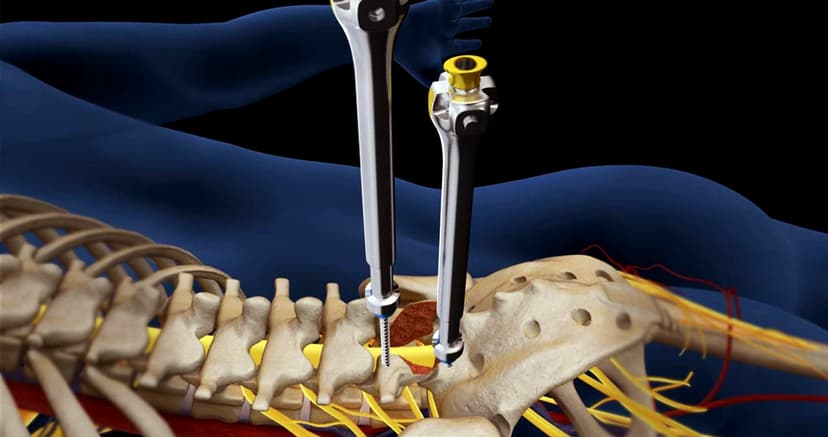Contents
Hair transplants are a widely used solution for hair loss, but not every procedure leads to the desired outcome. Understanding the most common causes of failure helps patients make informed decisions and improves the chances of success.
One of the main reasons for hair transplant failure is an inexperienced or unqualified surgeon. Hair restoration requires precise technique, careful graft placement, and experience with different hair types. Surgeons who lack specialized training or adequate experience may cause uneven hair growth, visible scarring, or low graft survival rates. Patients should always verify a surgeon’s credentials, review before-and-after photos, and check clinic accreditation before committing to treatment.
Another major factor is inadequate post-operative care. Even with a skilled surgeon, neglecting recovery instructions can compromise results. Patients must follow all post-surgery guidelines, including scalp hygiene, medication use, and avoiding physical strain or sun exposure. Ignoring these steps can lead to infection, graft loss, or slowed hair growth. Proper aftercare and regular follow-ups with the clinic are essential to achieving strong and natural-looking results after a hair transplant abroad or in one’s home country.
Why Hair Transplants Fail
Hair transplant surgery is a popular hair restoration procedure that involves the transplantation of hair follicles from the donor area to the balding area. While hair transplants are generally successful, there are instances when they fail to deliver the desired results. Here are some reasons why hair transplants fail.
Overharvesting of Grafts
One of the reasons why hair transplants fail is the overharvesting of grafts. This occurs when the surgeon removes too many hair follicles from the donor area, leaving it with a thin or bald appearance. Overharvesting can also lead to scarring, which can further compromise the appearance of the donor area.
Poor Surgical Technique
Poor surgical technique is another reason why hair transplants fail. This can happen when the surgeon lacks the necessary skill and experience to perform the procedure. Poor technique can lead to a low graft survival rate, which means that the transplanted hair follicles may not grow as expected.
Infection and Scarring
Infection and scarring can also cause hair transplants to fail. Infection can occur when the surgical site is not properly cleaned or when the patient fails to follow aftercare instructions. Scarring can occur when the surgeon makes incisions that are too deep or when the patient scratches the surgical site.
Failure to Follow Aftercare Instructions
Failure to follow aftercare instructions is another reason why hair transplants fail. Aftercare instructions are designed to promote healing and prevent infection. Failure to follow these instructions can lead to complications that can compromise the success of the procedure.
In conclusion, hair transplants can fail for various reasons. Patients should choose a specialist with the necessary skill and experience to perform the procedure. They should also follow aftercare instructions to promote healing and prevent complications. By doing so, they can increase their chances of a successful hair transplant with natural-looking results.
Factors That Affect Hair Transplant Success
A successful hair transplant surgery depends on several factors. Here are some of the important factors that can affect the success of the surgery:
Experience and Skill of the Surgeon
The experience and skill of the surgeon play a crucial role in the success of a hair transplant surgery. It is important to choose a surgeon who has extensive knowledge and experience in performing hair transplants. A skilled surgeon will be able to perform the surgery with precision and minimize the risk of complications.
Health of the Patient
The overall health of the patient also affects the success of a hair transplant surgery. Patients with underlying health conditions such as diabetes, heart disease, or autoimmune disorders may not be good candidates for the surgery. It is important for patients to disclose their medical history to the surgeon before undergoing the surgery.
Realistic Expectations
Having realistic expectations is important for the success of a hair transplant surgery. Patients should understand that the surgery is not a magic solution, and it may take several months to see the full results. Patients should also be aware that the surgery cannot create a full head of hair, but rather improve the appearance of thinning or balding areas.
Post-Surgery Care
Proper post-surgery care is crucial for the success of a hair transplant surgery. Patients should follow the aftercare instructions provided by the surgeon to ensure proper healing and minimize the risk of complications. This may include avoiding strenuous exercise, scratching the scalp, or exposing the scalp to direct sunlight.
Overall, a successful hair transplant surgery requires knowledge, skill, and diligence on the part of the surgeon and the patient. By considering all the factors that affect the success of the surgery, patients can make informed decisions about their hair loss treatments and achieve natural-looking, successful hair transplant results.
Hair Transplant Techniques
There are several techniques used in hair transplant surgeries. The choice of technique depends on the surgeon's preference, patient's hair type, and the extent of hair loss. Here are some of the most popular hair transplant techniques:
Follicular Unit Extraction (FUE)
Follicular Unit Extraction (FUE) is a minimally invasive hair transplant technique that involves removing individual hair follicles from the donor area and transplanting them into the recipient area. The surgeon uses a small punch tool to extract hair follicles one by one, leaving tiny, circular scars that are barely visible. FUE is suitable for patients with short hair or those who prefer to keep their hair short after the surgery.
Follicular Unit Transplantation (FUT)
Follicular Unit Transplantation (FUT) is a hair transplant technique that involves removing a strip of skin from the donor area and dissecting it into individual hair follicles. The surgeon then transplants the follicles into the recipient area. FUT is suitable for patients with a larger area of baldness and those who prefer a shorter surgery time. However, it leaves a linear scar in the donor area, which may be visible if the patient has short hair.
Direct Hair Implantation (DHI)
Direct Hair Implantation (DHI) is a hair transplant technique that involves the use of a specialized tool called a Choi Implanter Pen. The surgeon uses the pen to create tiny incisions in the recipient area and insert hair follicles into them. DHI is suitable for patients who want a natural-looking hairline and do not want to shave their head before the surgery.
Other Techniques
Other hair transplant techniques include Robotic Hair Transplantation, Platelet-Rich Plasma (PRP) Therapy, and Scalp Micropigmentation. Robotic Hair Transplantation involves the use of a robotic arm to extract and transplant hair follicles. PRP Therapy involves injecting the patient's own blood plasma into the scalp to stimulate hair growth. Scalp Micropigmentation involves tattooing the scalp to create the illusion of a full head of hair.
In conclusion, the choice of hair transplant technique depends on several factors, including the surgeon's preference, patient's hair type, and the extent of hair loss. Patients should consult with their surgeon to determine which technique is best suited for their needs.
Hair transplant in Turkey with A-Medical Mediation
Turkey has emerged as a global leader in hair transplantation, offering cutting-edge techniques and expertise. When considering a hair transplant procedure, Turkish clinics are your reliable choice. At A-Medical, a distinguished medical tourism company, we collaborate with the top clinics in Turkey, providing our patients with exclusive discounts and advantages for their hair transplant surgeries. By opting for a hair transplant in Turkey through our company, you not only gain access to a wide range of discounts but also benefit from comprehensive medical tourism services tailored to your needs.




